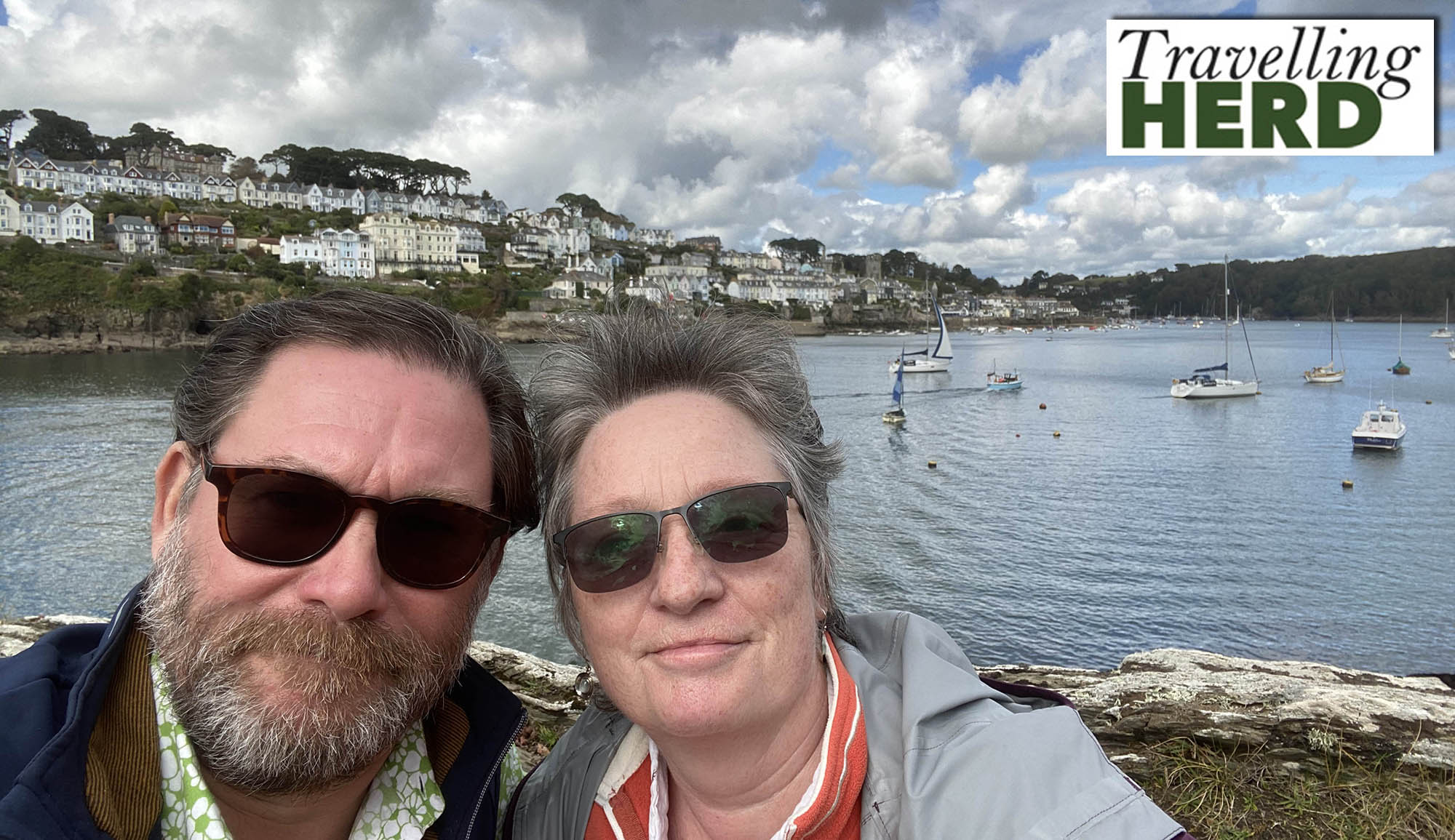Saturday 5th and Sunday 6th September 2020
On our way from Exeter to Fowey [pronounced to rhyme with “joy”] we stopped in Bodmin at a garden centre for an al fresco coffee with a dear friend, Angela: we refrained from using the words “old friend” but we used to visit her on our way down to Tresco with our daughters almost 20 years ago. The intervening years seemed to melt away and it was so lovely to catch up. We have promised each other “the same time next year” and hope to make it a regular event.
From here we drove on to Fowey which is going to be the base for our forthcoming day trips to re-visit the Eden Project and see the Lost Gardens of Heligan for the first time.
Fowey is a long-established port which has existed since before the Norman invasion and which is perched on steep cliffs on the estuary of the River Fowey itself.
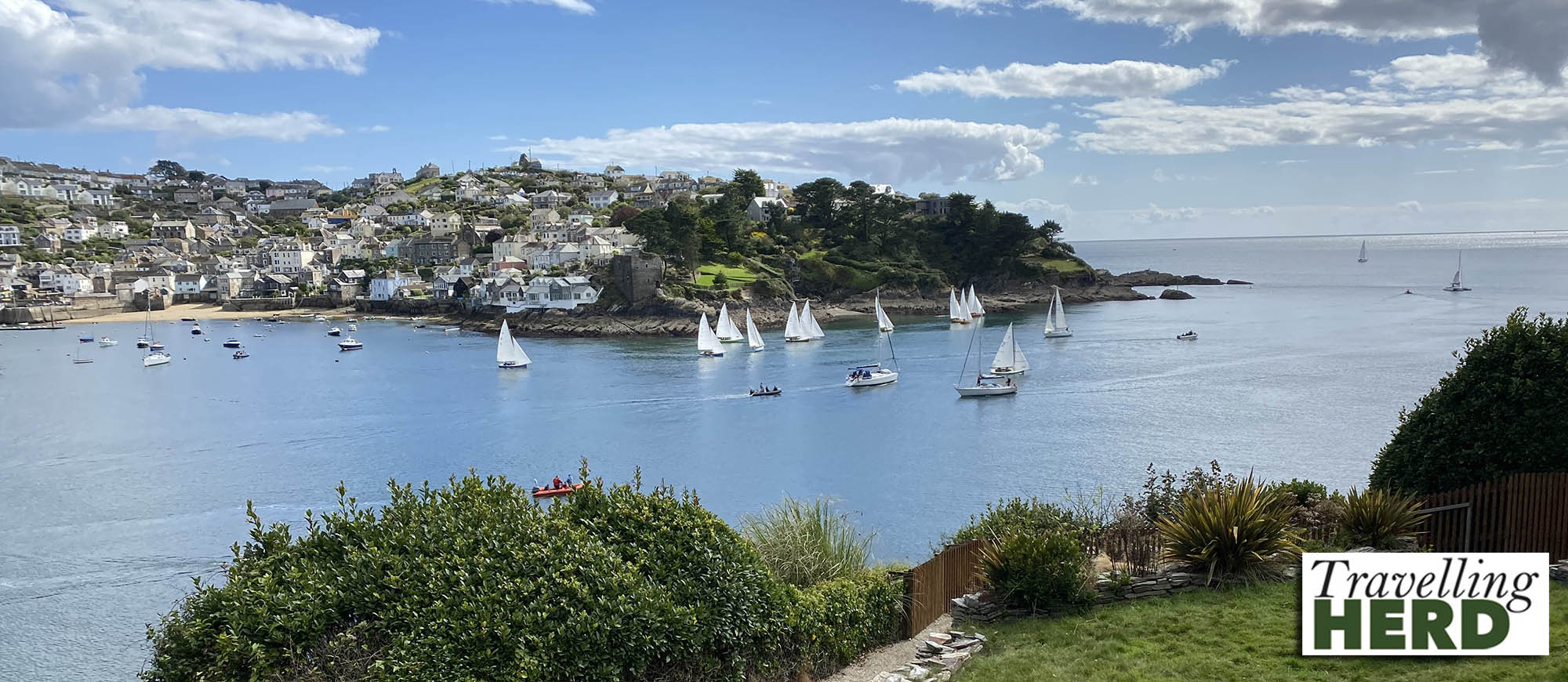
Robert had booked us into The Ship Inn near the harbour and had been advised to park in the main car park and walk to the town. Whilst this seemed an eminently sensible suggestion in the downwards direction, Matilda found she was not looking forward to tackling the gradient in reverse.
Not all the local attractions have re-opened for visitors: the aquarium for example, is too small to accommodate effective social distancing but the town was still busy despite the school term having started. Drivers have to be patient on the single track roads between the buildings down into the town; roads which are overrun with pedestrians meandering down or struggling back up the steep inclines. Fowey is justifiably famous in a county with more than its fair share of places of outstanding natural beauty.
We walked to The Ship Inn to check when we would be able to get into our room and then went for a stroll to get our bearings. There is a bus service to and from the town but this was very busy and Robert felt he would prefer to walk back and avoid the crowds
Having deposited our luggage we went to check out the vegetarian options on the menus at the various restaurants and bars for when our daughter would be joining us. We naturally had to sample the ales while we took in the view as well before eating and turning in for an early night.
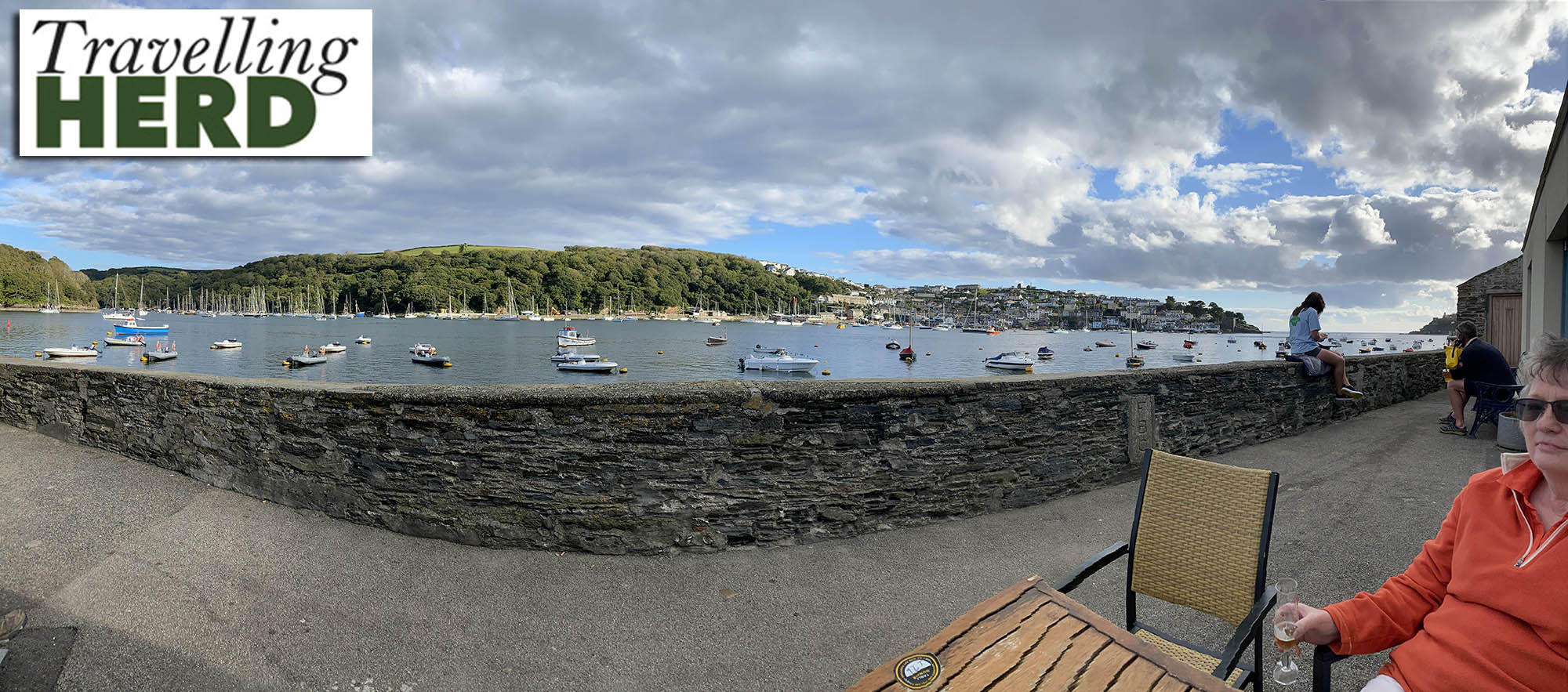
The following morning, having consulted on the various menus with our daughter we managed to book the last available table that Havener’s on the front had for Monday night before heading out for the day. We had timed tickets for The Lost Gardens of Heligan at 11:00 and friends had recommended the fishing village of Mevagissey, so as we had time, we went for a brief visit to this picturesque port.

We arrived at The Lost Gardens of Heligan with time for a quick coffee before our entry time. Clearly some very creative staff members have been addressing the new social distancing requirements. Uncharacteristically for the UK, visitors are told to keep right, and the two sides of the walkway into the gardens were marked out by old gardening implements such as forks and spades, “planted” in terracotta pots with rope linking them to delineate the barrier. Posters also give horticultural examples which are comparable to the two metre distancing requirement. Equivalent measures include four watering cans; six and a half Wellington boots; 12 pineapples or [Matilda’s favourite] one Highland cow.
Our route through the extensive gardens first took us past the Mud Maid – a sculpture created by Sue and Pete Hill in 1998 – see the feature photograph. Signs state that she is sleeping and should not be disturbed.
From here we walked down to “the Jungle” – an area rescued from the undergrowth which was planted with tropical specimens brought back by Victorian explorers. Gunneras and ferns abound. To accommodate social distancing, some of the paths are one way which means you have to chose whether you want to cross the Burma Rope Bridge, or walk down to the bottom of the Jungle. We chose to follow the path to the bottom to make sure we enjoyed all the luxurious, verdant foliage.
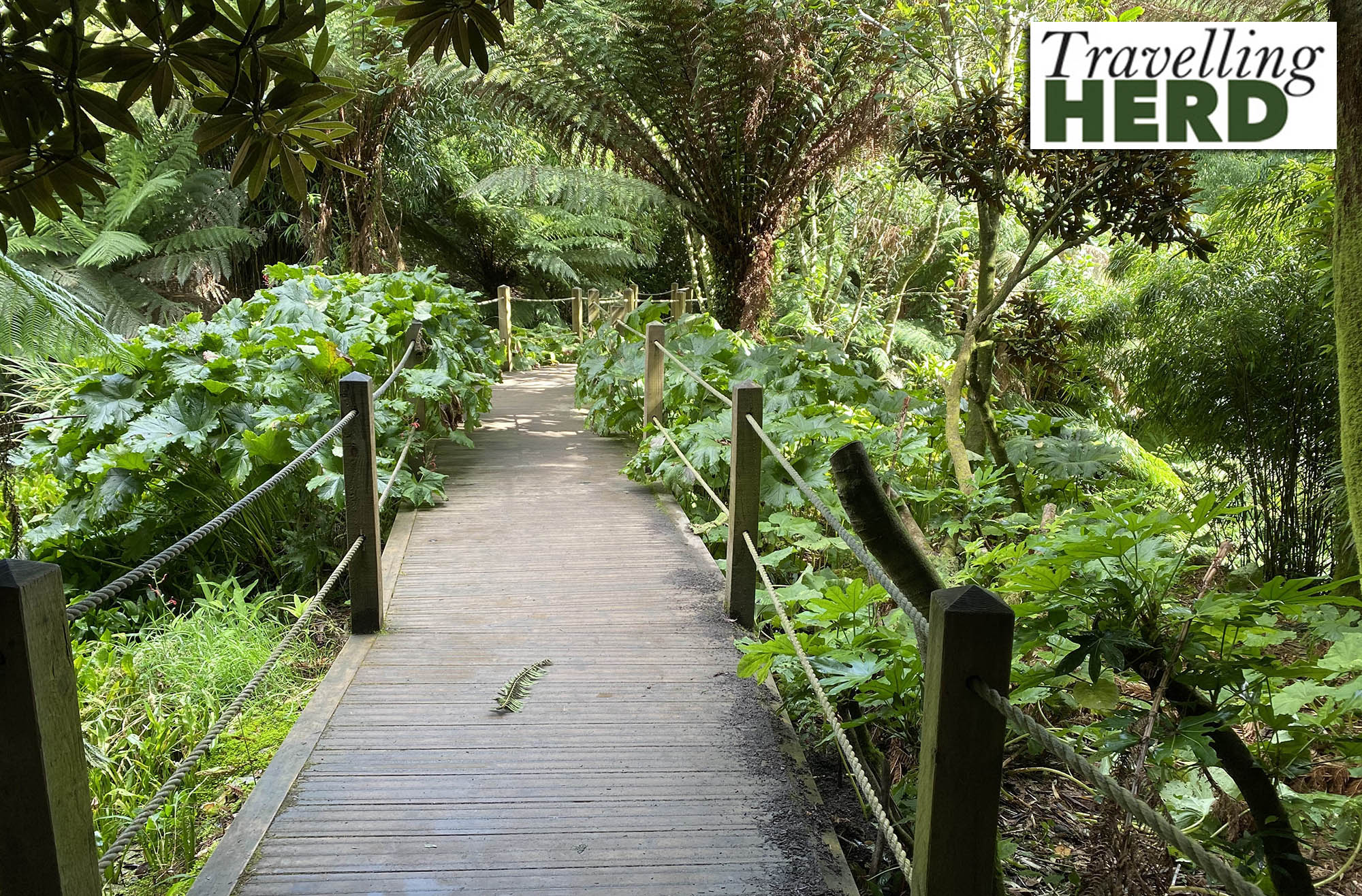
The plants are lush and green and the rhododendrons in particular show the effects of a total lack of pruning over the years: they are very well-established trees rather than shrubs.
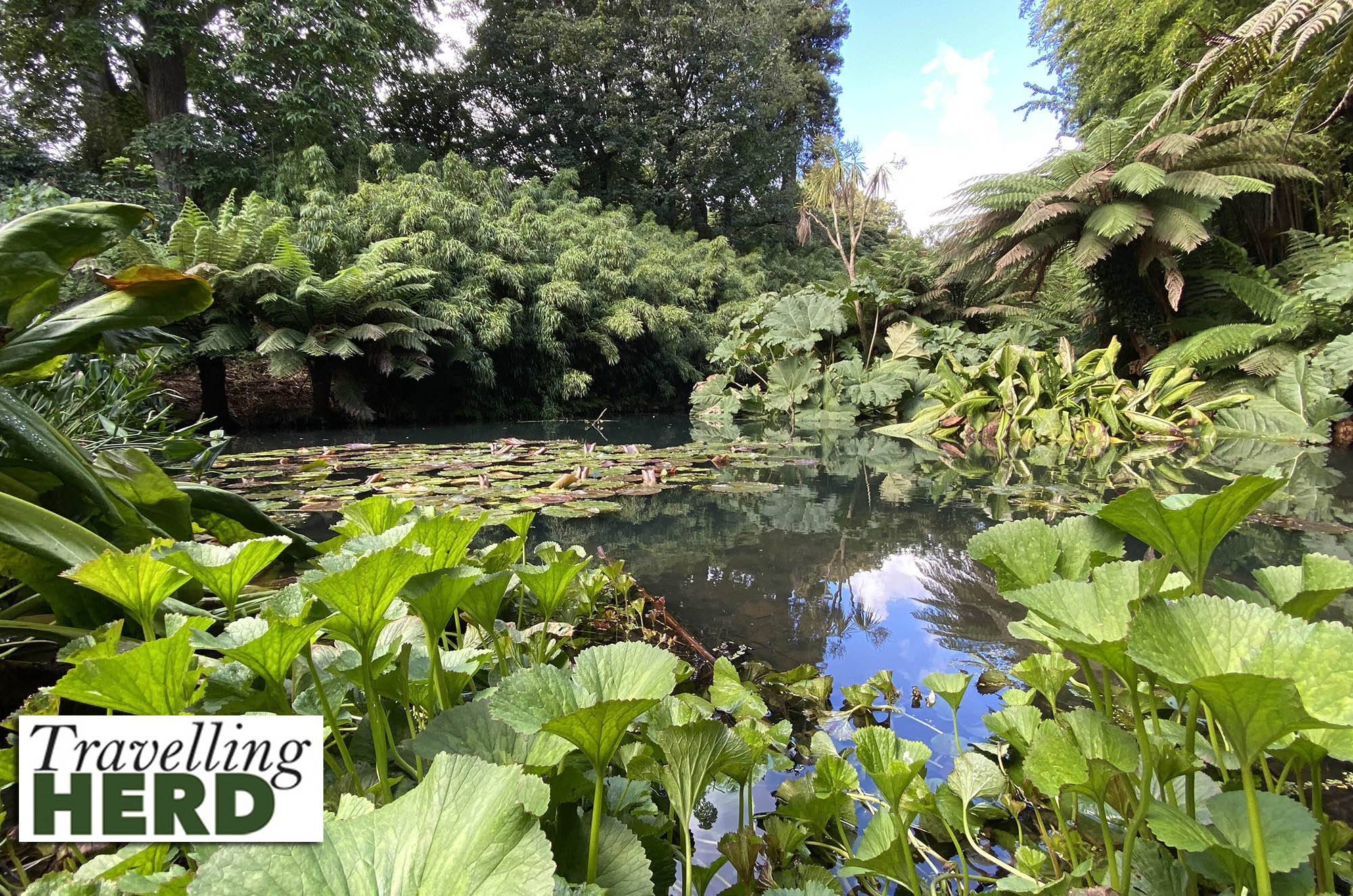
You can also visit the walled kitchen gardens, entering through a tunnel of trained apple trees.
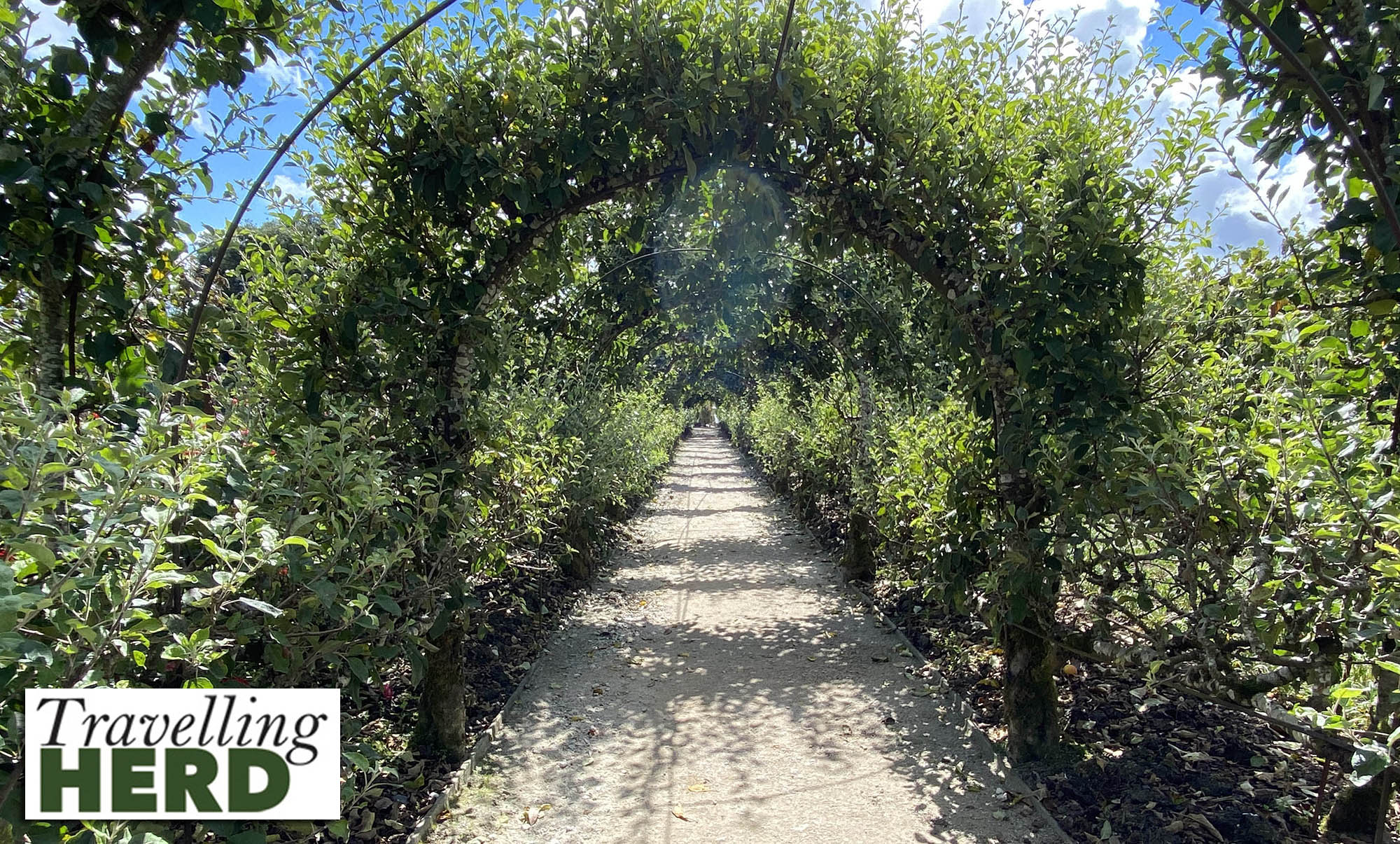
Produce from the kitchen gardens is used in the café and the team uses some of the same techniques used by their forebears.
When we returned to Fowey we decided to take a boat trip to explore Polruan which is on the opposite bank of the river and is linked by ferry to Fowey. Following an attack by a Spanish fleet in 1380, two defensive medieval blockhouses were built, linked by a chain. The ruin on the Polruan side is the more complete of the two and gives fine views [See Selfie of the Day] back towards Fowey.
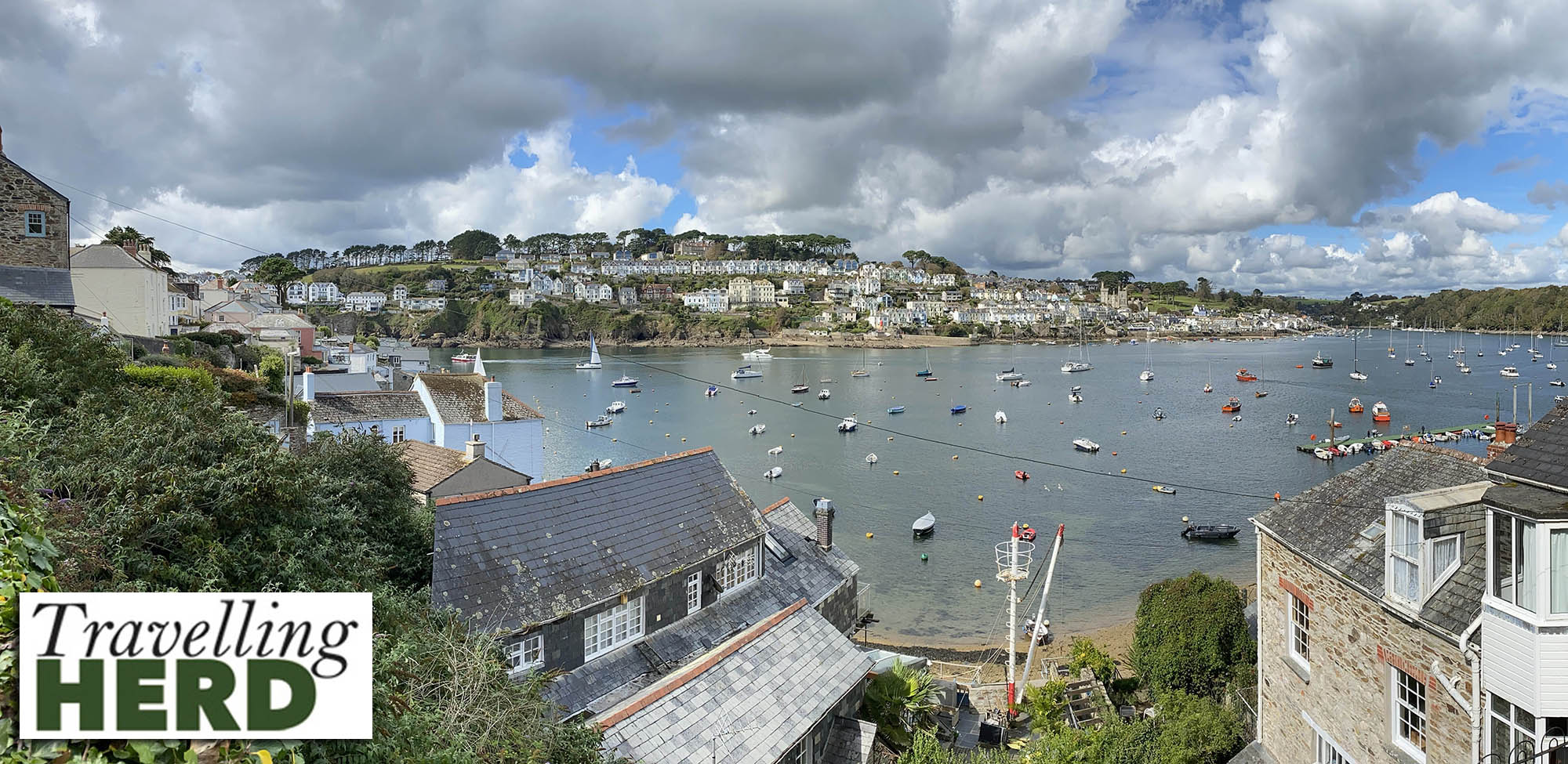
Video of the day:
Selfie of the day:
